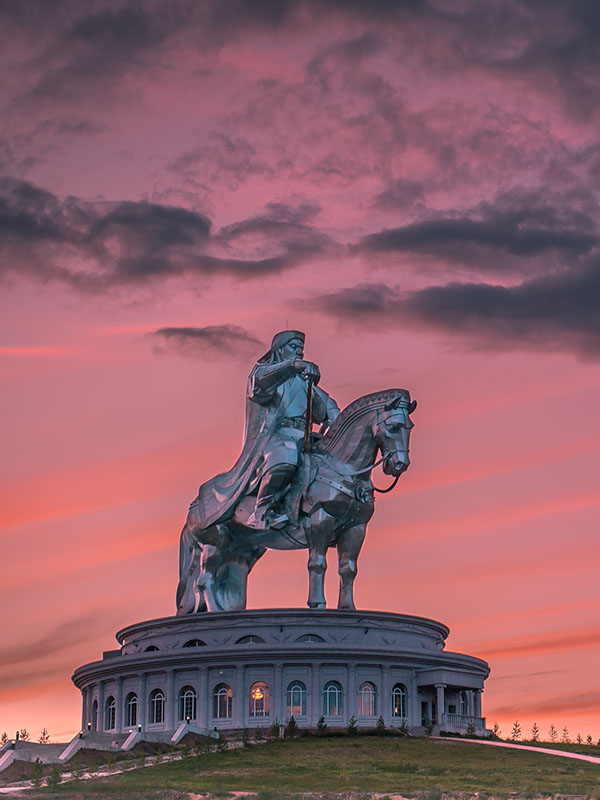
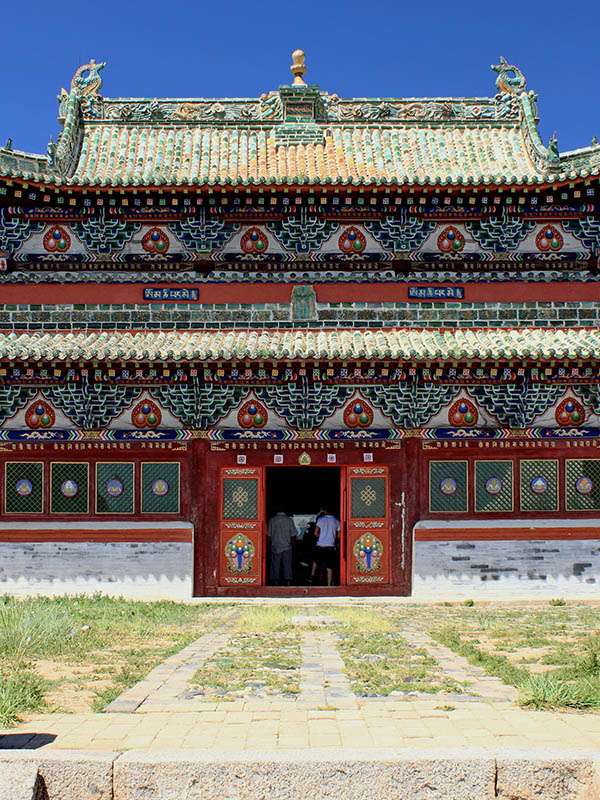

Home to almost half of the country’s population, the sprawling city of Ulaanbaatar is Mongolia’s capital, as well as its cultural, administrative, and commercial heart. Located in the delightfully named Valley of the Golden Cradle, at the point where the Selbe and Tuul Rivers meet, the city is a strange yet intoxicating mix of urban and nomadic lifestyles.
While its downtown is a bit of an eyesore, with Soviet-era buildings lying alongside modern monstrosities, there are some enchanting old monasteries scattered about here and there: Choijin Lama and Gandantegchinlen are the best of the bunch and tucked away in the endless sprawl, you can still find a yurt or two.
When it comes to its museums and art galleries, Ulaanbaatar is truly blessed. It is well worth spending a couple of days trawling its extensive collections and artifacts: the Bogd Khan Winter Palace and Mongolia National Modert Art Gallery are particularly delightful to peruse.
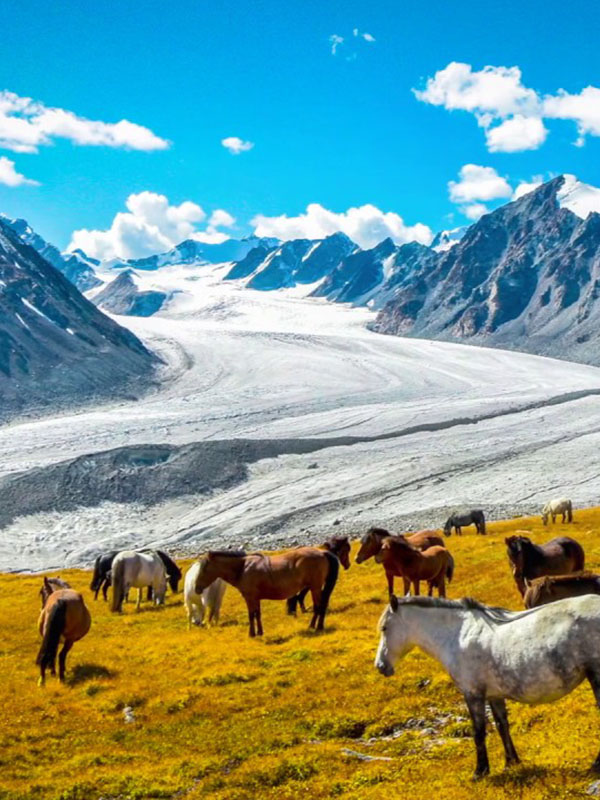
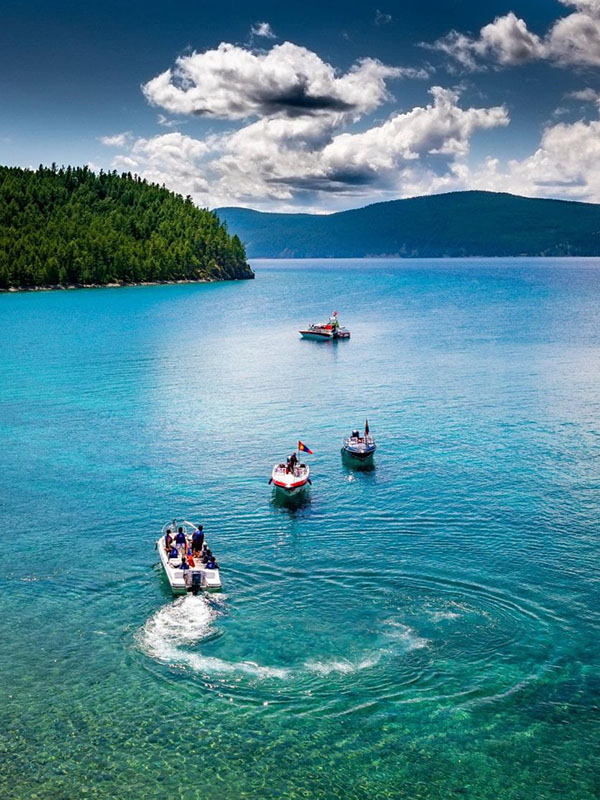
One of the largest lakes in the whole of Mongolia, Khövsgöl is often nicknamed ‘the younger sister,’ due to its proximity to the famous Lake Baikal that lies around 200 kilometers to its northeast in Russia. Surrounded by a glorious national park of the same name that is home to lots of towering mountains and sweeping valleys, Khövsgöl Lake is set in a stunning location.
While its waters are relatively poor in terms of fish and marine life, Khövsgöl Lake remarkably contains almost 70 percent of the country’s freshwater and was formed over two million years ago.
In stark contrast to the glimmering lake, the national park boasts a wealth of wildlife. While hiking along its scenic trails, you can sometimes spot ibex, elk, and the occasional brown bear, with incredible views of the lake and its many dramatic landscapes also on display.
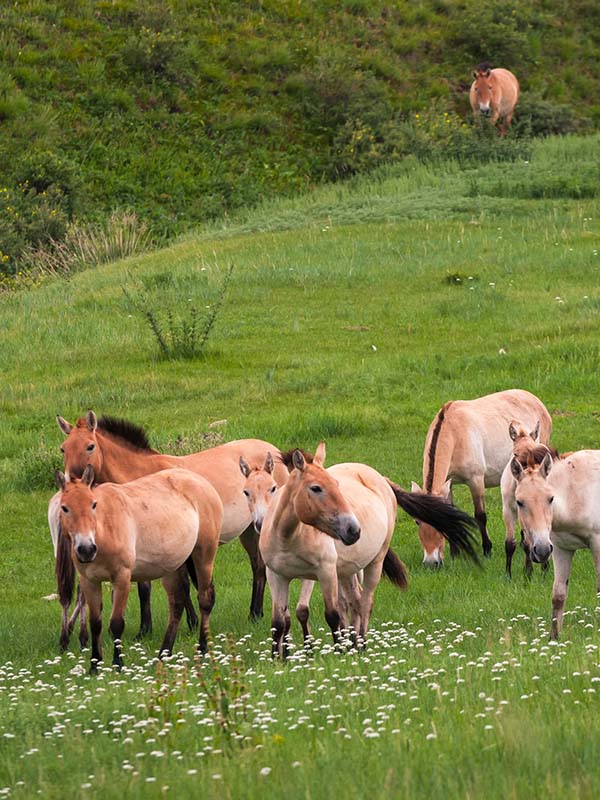
Lying just a short distance away from the capital of Ulaanbaatar, Hustai National Park is a fantastic place to head if you want to visit the renowned Mongolian steppe, while the beautiful Khentii Mountains add some variety to the scenery.
Traveling through the national park is an absolute delight as you pass small herds of wild horses making their way across the steppe with nothing else in sight other than faint mountains off in the distance.
The sheer expanse of nothingness is mind-boggling. While drinking in the magnificent scenery to your heart’s content is delightful, there’s always a slight feeling of relief when you finally come across a small cluster of yurts.
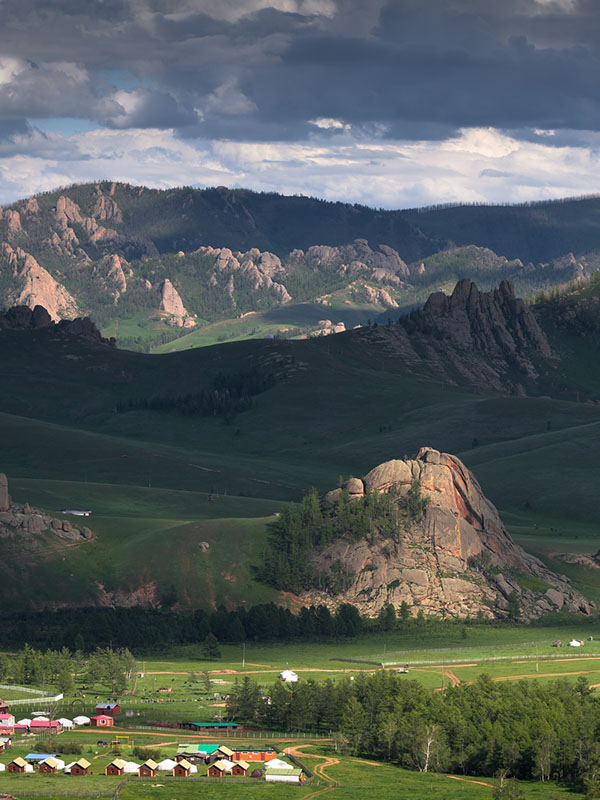

The harsh, unforgiving climes of the endless Gobi Desert certainly aren’t for the faint-hearted; that’s what makes them so exhilarating to explore. With infinite dunes, ancient rock formations, and desolate desert stretching out before you, venturing into the Gobi Desert is the adventure of a lifetime.
Tucked away among this bleak yet strangely alluring landscape are a wealth of amazing natural sights, with rugged cliffs, plunging canyons, and cavernous caves all on show alongside picturesque desert oases and saltwater rivers.
While the main attractions are the incredible singing sand dunes of Khongor and the marvelous scenery of Yolyn Am and Dungeneegyn, you really can’t go wrong in the Gobi Desert (providing you stick to the path) as everything is just so majestic.
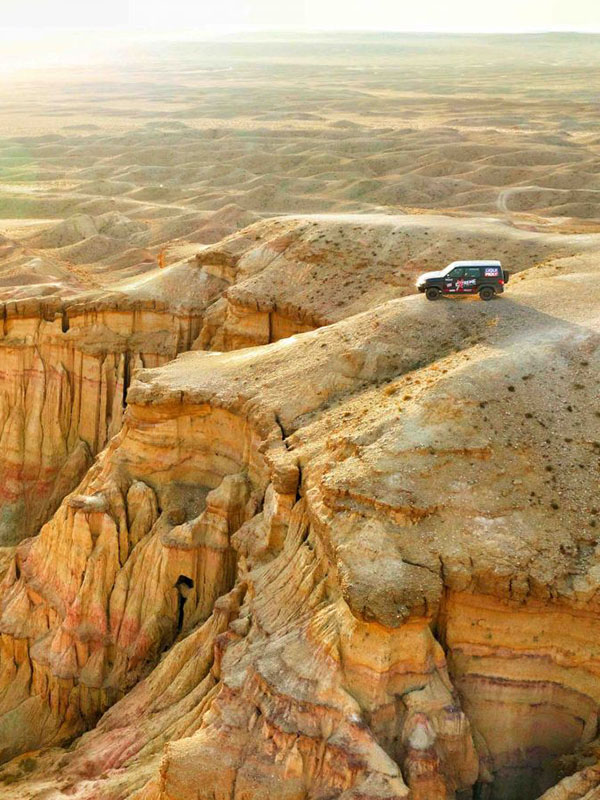
The rocky formations of Tsagaan Suvarga, ”white stupa”, are located in the Southeast of the sum Ölziit, on the Southern border of the province of Dundgovi. These rocky formations eroded by the wind look like a ruined city if you observe them from a certain distance (85 kilometres, 52,82 miles). They are about 60 metres (196,85 feet) high and 400 metres (1312,34 feet) long.
Southwest Tsagaan Suvarga, another rock called Ulaan Suvarga, the "red stupa", has the same structure.
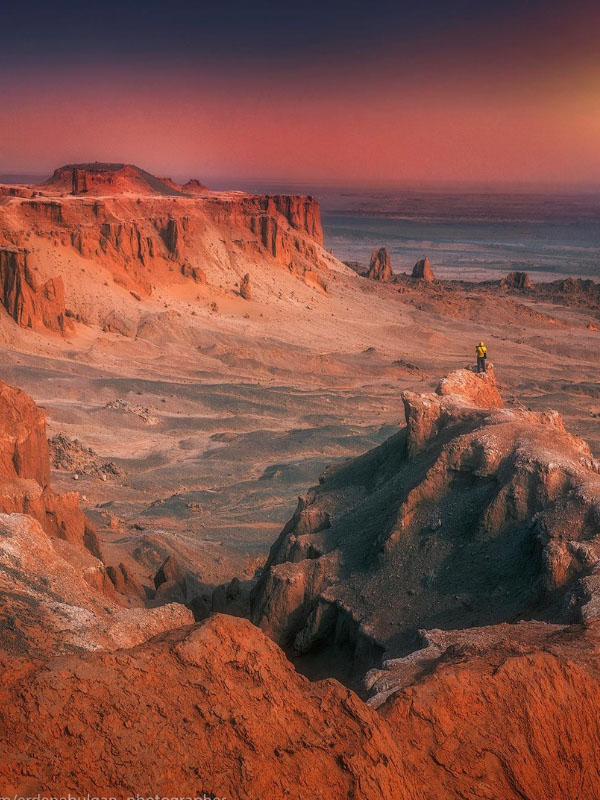
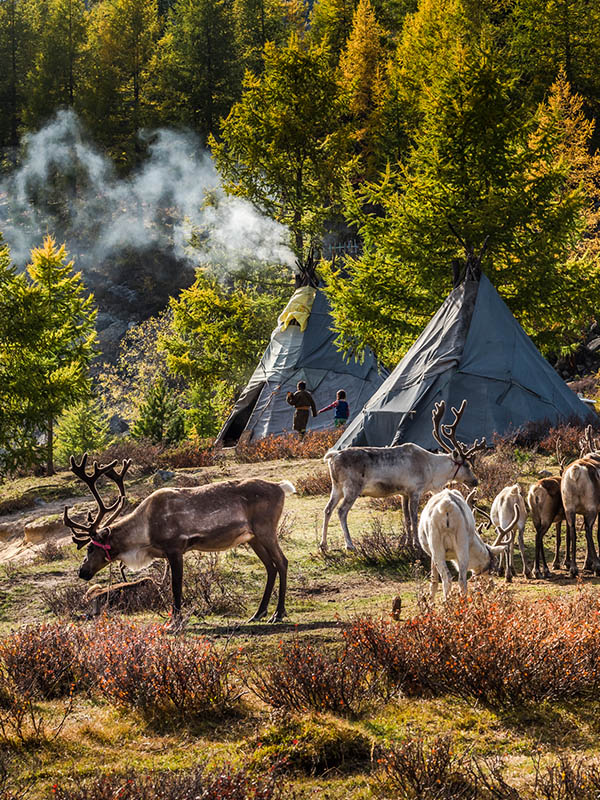
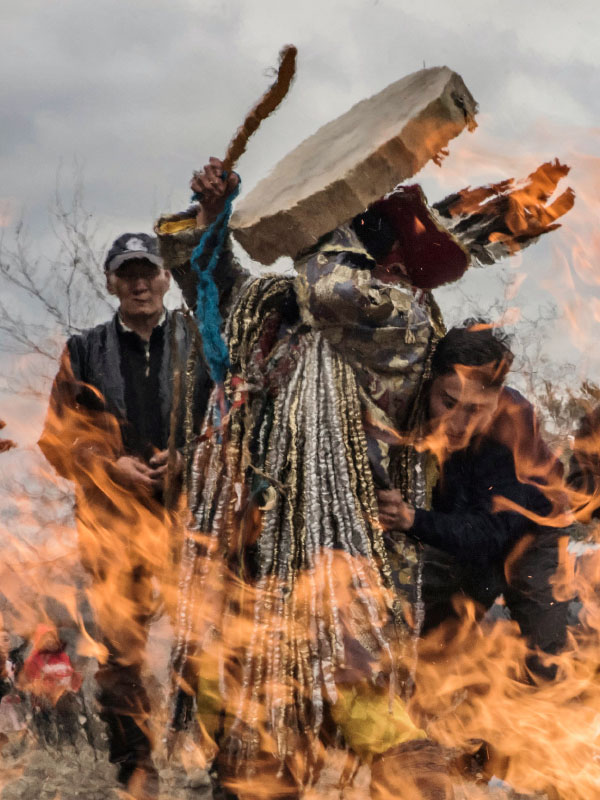
People in Khuvsgul most commonly practice shamanism and some of the most powerful shaman live in this area. The shamanism rituals is based on the view that besides the visible world the shaman interacts with many other worlds or universes, and that contacting the spirits is an imporant part of shamans’ work. Every day, month, and year shamans constantly do their work with poetic invocation, music, dance, and creative arts. Today northern Mongolian groups Darkhad, Tsaatan, Hotgoit, and Buryat ethnic group’s shamans still maintain the ancient shamanic traditions.
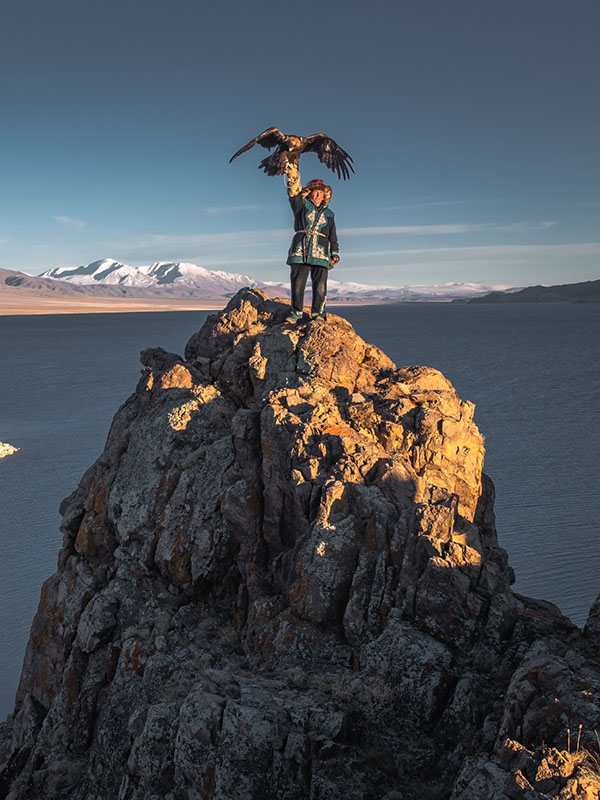
Our passion is providing adventures and unique experiences for, and with, avid travellers like you. That’s why we only run tours to the destinations which we specialise in. Discover the most amazing wonders around Mongolia and sail crystal blue waters of the Khovsgol Lake…